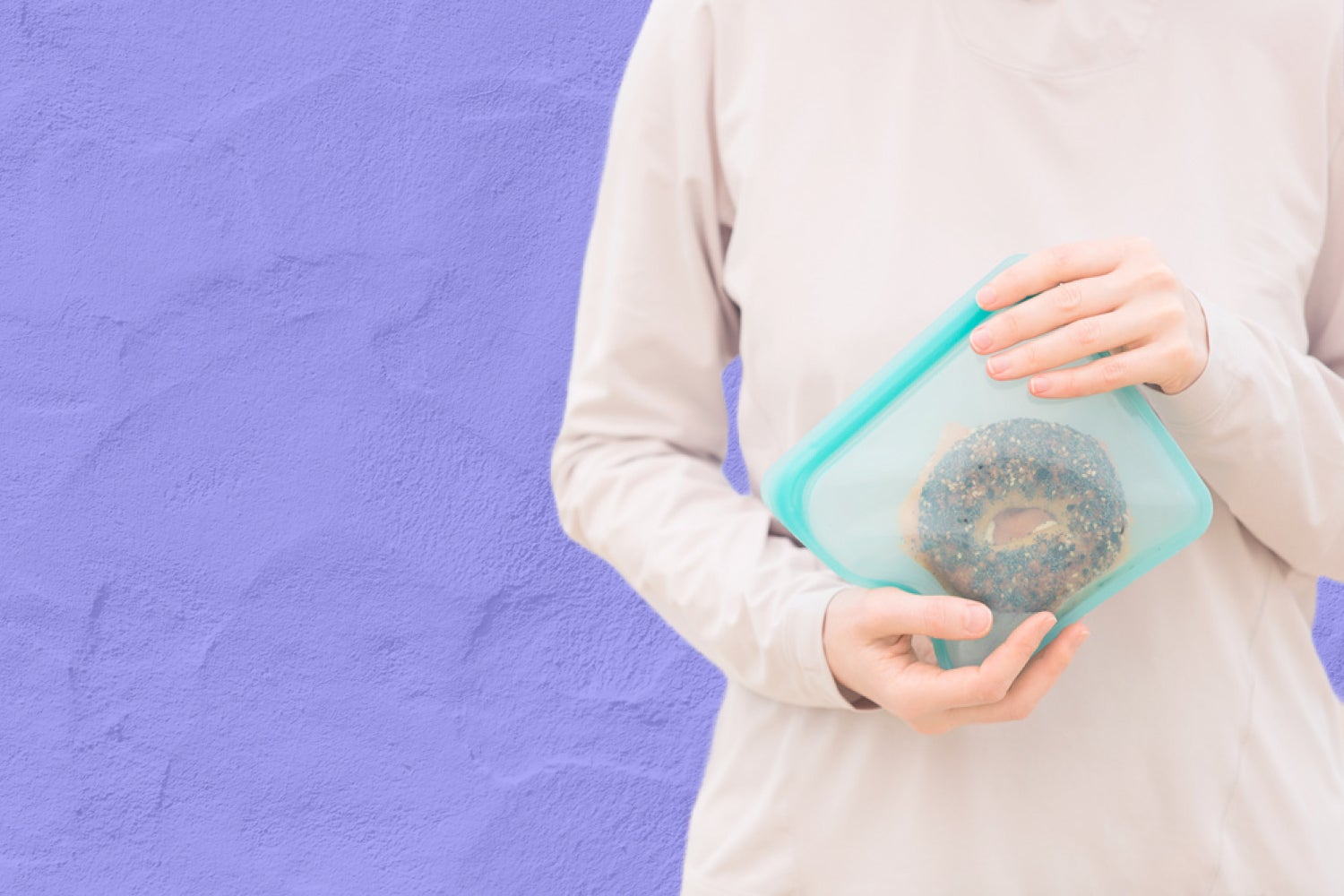The best reusable food storage bags
When it comes to ditching baggies, a good seal sets our champ apart

Sign up and save the world
The one5c newsletter delivers our best tips right to your inbox
This review has been updated. It originally published on Sept. 19, 2024.The sealable, single-use plastic bag is as much a staple of the home kitchen as a frying pan or set of tongs. They function as s……

